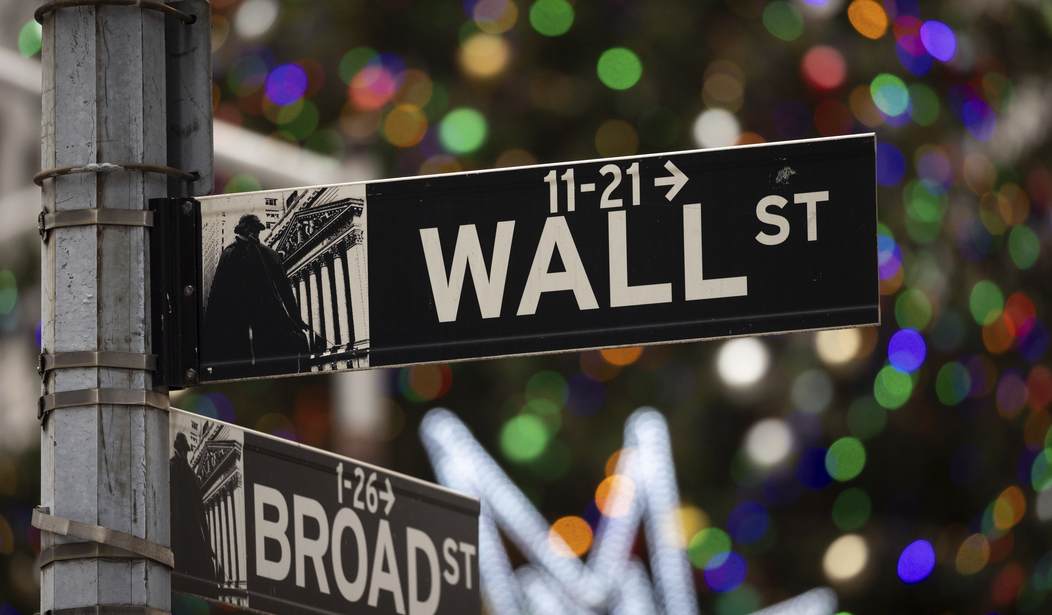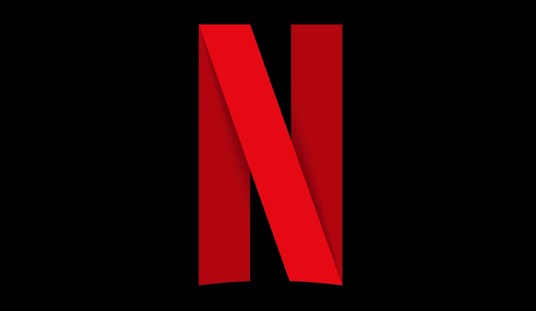The rate of inflation in the U.S. ticked up to 3.4% in December after rising 3.1% in November.
Joe Biden claimed that his economic agenda was mostly responsible for the drop in inflation since the first part of the year. "We saw prices go down over the course of the year for goods and services that are important for American households like a gallon of gas, a gallon of milk, a dozen eggs, toys, appliances, car rentals, and airline fares,” Biden said in a statement.
I wonder why Biden didn't say anything about prices now compared to when he took office in January 2021?
The Consumer Price Index has risen 17% since January 2021. Put another way, $100 in January 2021 has the same buying power as $117 in November 2023.
Since 2021, inflation has cost the typical household $11,434 annually, according to an analysis by Republican members of Congress’s Joint Economic Committee.
Americans paid more for rent, auto insurance and dentist visits in December, but less for furniture, toys and sporting goods. Overall prices climbed 0.3% from the prior month versus a 0.1% gain in November. Core prices, which strip out volatile food and energy items, rose 0.3% in December from the prior month, the same as November, and increased 3.9% from a year earlier, a slight slowing.
Many Americans remain frustrated after experiencing elevated inflation over the past four years, but they are seeing some relief.
That spike in inflation has put a damper on the Federal Reserve's plan to start lowering interest rates. The Fed was planning on three rate reductions over the coming months, but December's numbers show that inflation is not entirely wrung out of the economy.
Many indicated they will eventually want to lower rates if inflation continues to decline because otherwise, holding rates steady would lead inflation-adjusted or “real” rates to rise, creating an unnecessarily restrictive setting. Officials anticipated at least three rate cuts this year at their December meeting.
As a result, markets widely expect the Fed’s next move will be to lower rates, with many anticipating the first reduction in March. Inflation readings in the months to come could have a much bigger bearing on when the central bank makes its first cut. “It will only be appropriate to dial back the degree of policy restraint when we are confident that inflation is moving toward 2% on a sustained basis,” Williams said on Wednesday.
Some of this talk sounds an awful lot like what the rate gurus at the Fed were saying in early 2021 before inflation skyrocketed to 9.2%, which was higher than at any point in 40 years.
But the underlying data today suggests no big increases in the CPI. As far as rate cuts, the Fed is likely to hold off past March to make sure that inflation will have been a thing of the past.










Join the conversation as a VIP Member